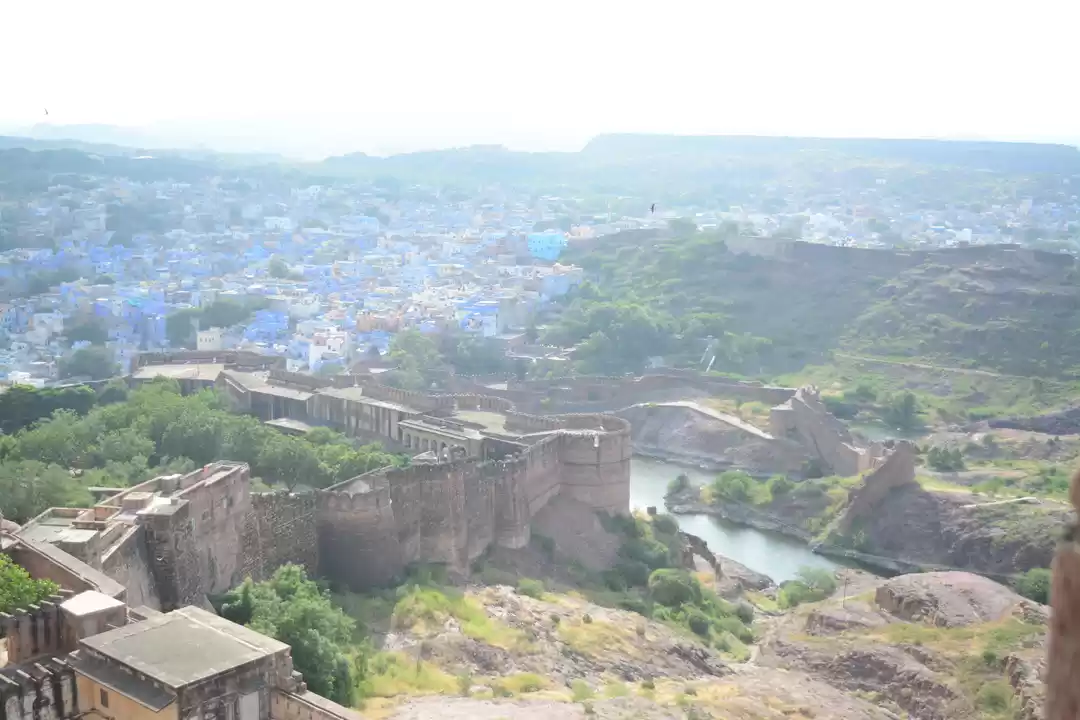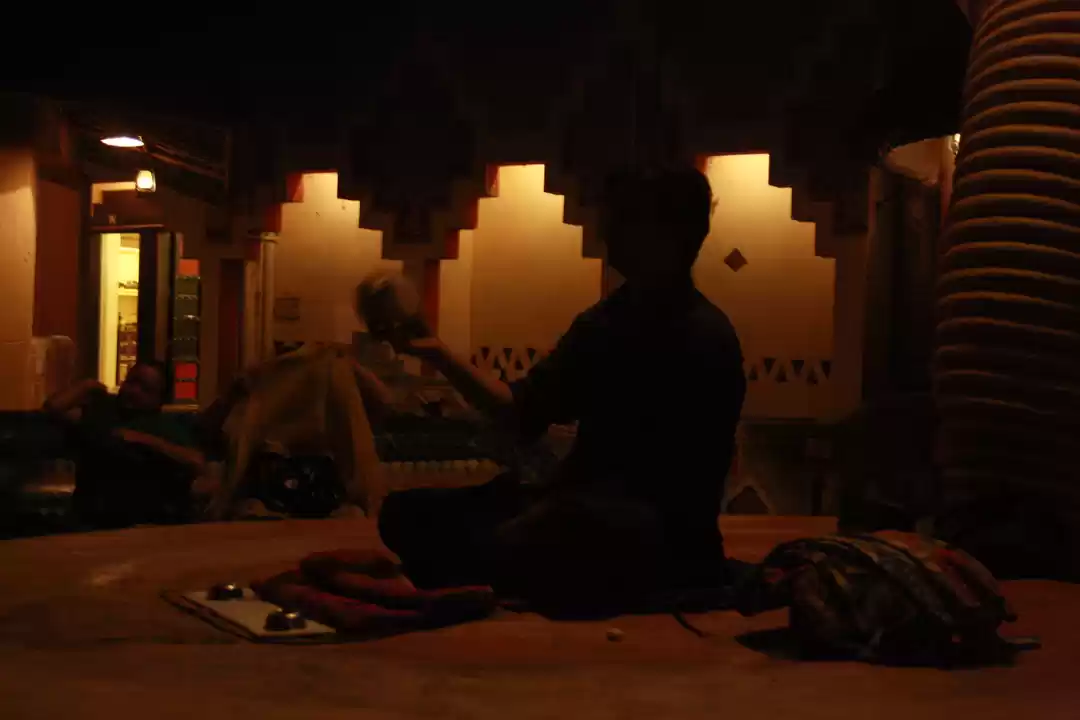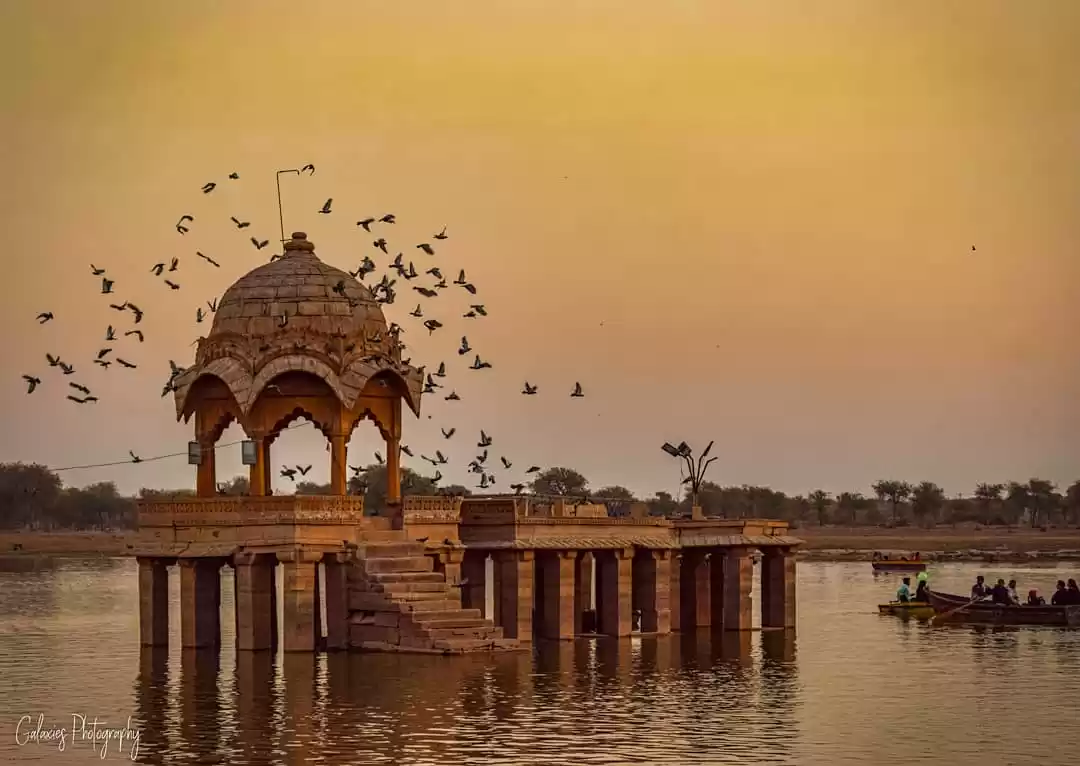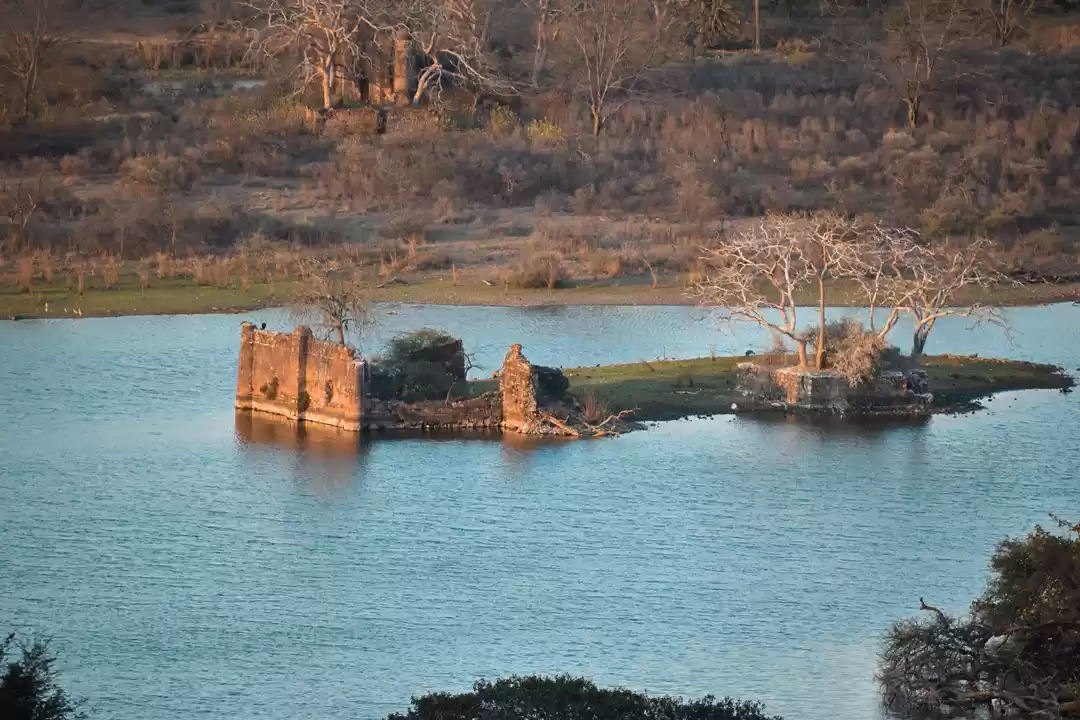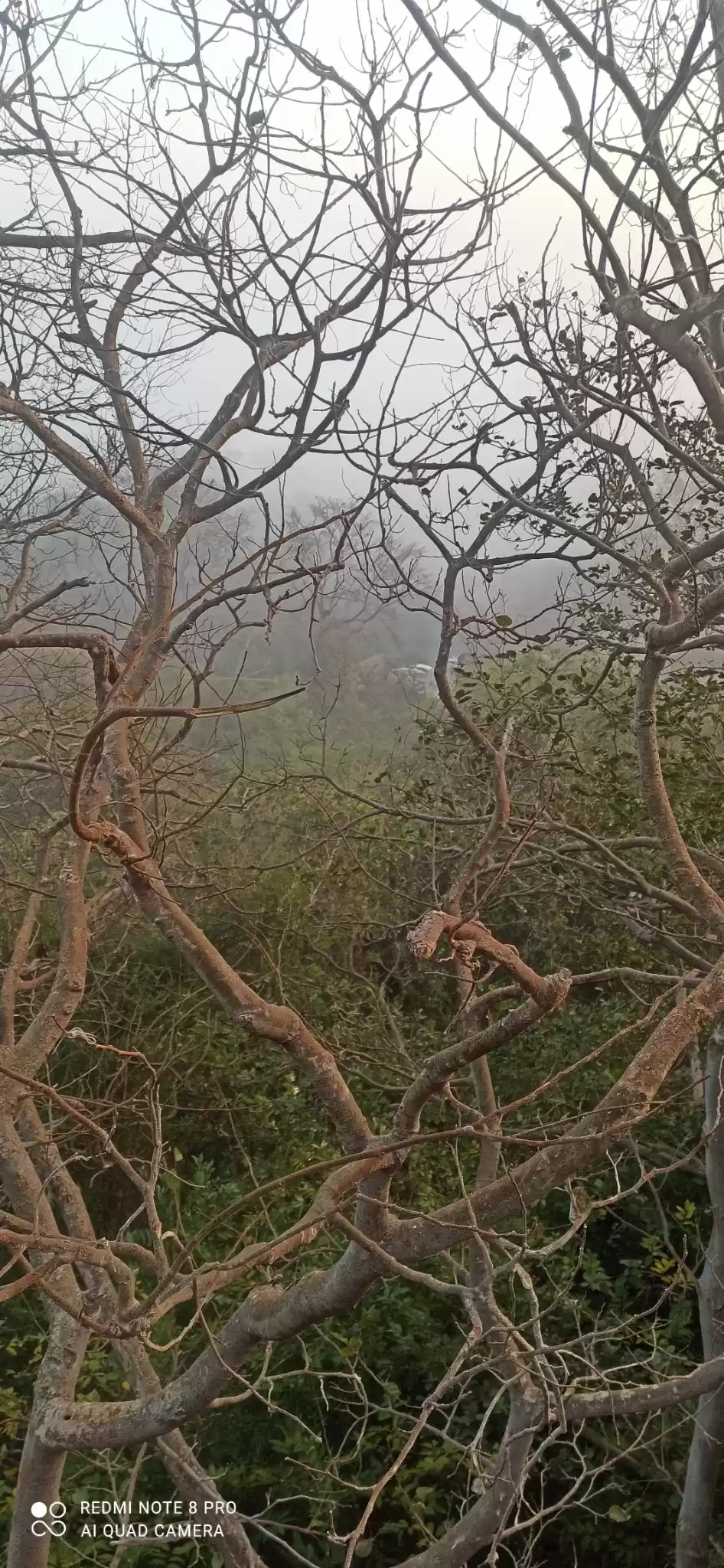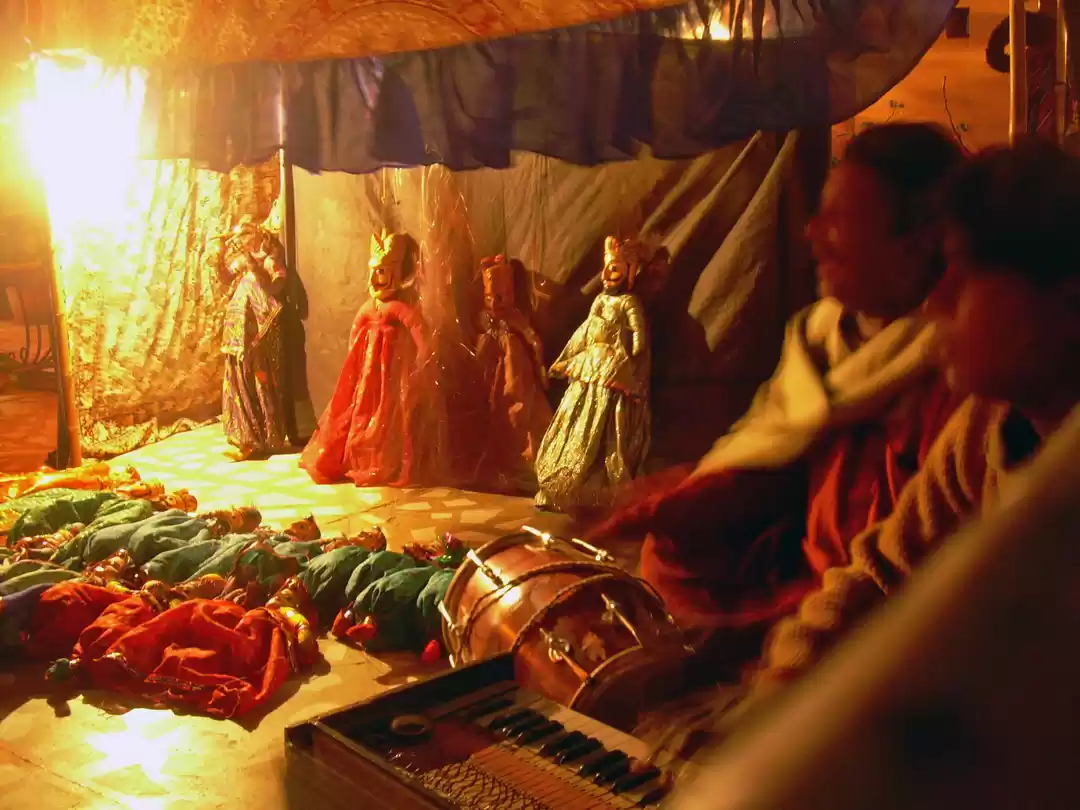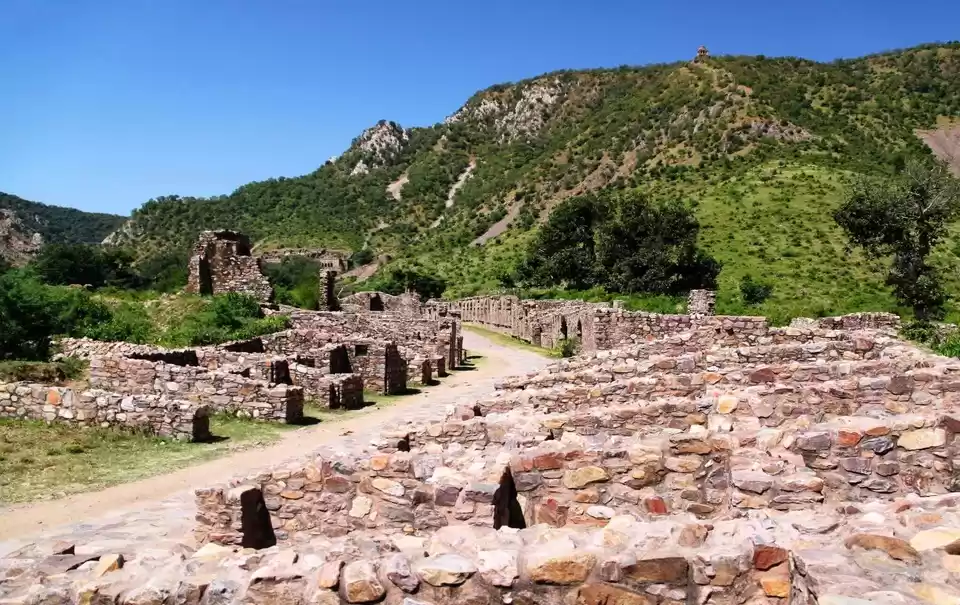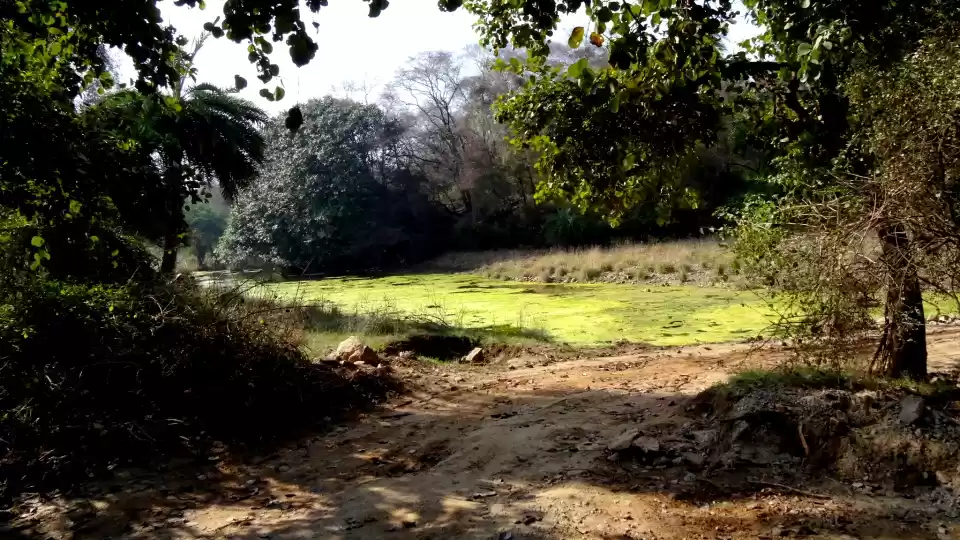Are you looking for a unique and memorable destination to explore in India? Do you want to witness the glorious past and the rich heritage of Rajasthan? Do you want to experience the thrill of spotting tigers and other wildlife in their natural habitat? If yes, then you should definitely visit Ranthambore Fort, one of the most impressive and majestic forts in India.
Ranthambore Fort is a UNESCO World Heritage Site that lies within the Ranthambore National Park, near the city of Sawai Madhopur in Rajasthan. The fort is surrounded by the Vindhyas and Aravalis hill range and offers a panoramic view of the park and its wildlife.
In this article, we will tell you everything you need to know about Ranthambore Fort, including its history, architecture, location, timings, entry fees, nearby attractions, and tips for visiting. Read on to find out why Ranthambore Fort should be on your bucket list.
History of Ranthambore Fort: A Timeline of Glory and Struggle
Ranthambore Fort has a long and fascinating history that dates back to the 10th century CE. The fort was originally built by the Chauhan Rajputs, who ruled over a large part of northern India. The fort was named after Ranasthambhapura (City of the Battle Post), as it was a strategic military outpost that defended the region from invaders.

The fort changed hands several times over the centuries, as it was attacked and captured by various rulers and dynasties. Some of the most notable events in the history of the fort are:
In 1192 CE, Prithviraj Chauhan III, the last Hindu king of Delhi, lost the fort to Muhammad of Ghor, the founder of the Delhi Sultanate.
In 1301 CE, Rao Hamir Dev Chauhan, the ruler of Ranthambore, resisted the siege of Alauddin Khilji, the Sultan of Delhi, for six months. He was betrayed by his minister Ratipal and surrendered the fort.
In 1528 CE, Rana Udai Singh II, the ruler of Mewar and the father of Maharana Pratap, fled to Ranthambore after losing Chittorgarh to Akbar, the Mughal emperor. He fought bravely against Akbar’s army but was defeated and captured.
In 1658 CE, Dara Shikoh, the eldest son of Shah Jahan and the heir apparent to the Mughal throne, took refuge in Ranthambore after being defeated by his brother Aurangzeb in the war of succession. He was later captured and executed by Aurangzeb.
In 1818 CE, Ranthambore came under the control of the British East India Company after they signed a treaty with Maharaja Sawai Madho Singh I of Jaipur. The fort was used as a hunting lodge by the British officers and later by the Maharajas of Jaipur.
In 1949 CE, Ranthambore became a part of independent India after Jaipur merged with Rajasthan. The fort was declared a national monument and a UNESCO World Heritage Site in 2013.
You may also like to read: Ranthambore, As Good As It Sounds!
Architecture of Ranthambore Fort: A Showcase of Diversity and Splendor
Ranthambore Fort is a marvel of architecture that reflects the influences of different cultures and styles over time. The fort covers an area of about 4 square kilometers and is situated on a hill about 700 feet above sea level. The fort has seven main gates or pols that lead to its interior.
Ganesh Temple: The most popular and visited temple in the fort that is dedicated to Lord Ganesh, the elephant-headed god of wisdom and success. The temple was built by King Hammir Dev Chauhan in the 13th century and is famous for its annual fair on Ganesh Chaturthi.
Shiva Temple: A temple that is dedicated to Lord Shiva, the destroyer and transformer of the Hindu trinity. The temple has a lingam (phallic symbol) of Shiva and a Nandi (bull) statue at its entrance.
Jain Temple: A temple that is dedicated to Lord Adinath, the first Tirthankara (spiritual teacher) of Jainism. The temple was built by the Jain merchants in the 12th century and has beautiful carvings and sculptures of Jain figures.
Chamatkar Temple: A temple that is dedicated to Lord Krishna, the eighth avatar (incarnation) of Lord Vishnu, the preserver and protector of the Hindu trinity. The temple is also known as Miraculous Temple, as it is believed that the idol of Krishna was miraculously found here.
The fort also has many palaces and havelis inside its walls that were used by the royal families and nobles as their residences and offices. Some of the most notable ones are:

Badal Mahal: The highest palace in the fort that was built by Rao Hamir Dev Chauhan in the 13th century. The palace has two parts, one for men and one for women, and offers a stunning view of the surrounding landscape.
Hammir Mahal: The largest palace in the fort that was built by King Hammir Dev Chauhan in the 13th century. The palace has a courtyard, a hall, a chamber, and a terrace, and is decorated with paintings and frescoes.
Phansi Ghar: The place where the prisoners were hanged or executed by the rulers. The place has a gallows, a platform, and a well, where the bodies were thrown after death.
Sameton ki Haveli: A haveli (mansion) that was built by Samet Singh, a minister of Rao Hamir Dev Chauhan in the 13th century. The haveli has three stories and is adorned with arches, balconies, and windows.
The fort also has many tanks and water sources inside its complex that were used for drinking, bathing, and irrigation purposes. Some of the most important ones are:
Padam Talab: The largest lake in the fort that is named after the lotus flowers that bloom in it. The lake is also a popular spot for wildlife sightings, especially tigers.
Raj Bagh Talab: A lake that is named after the royal garden that surrounds it. The lake is also a popular spot for wildlife sightings, especially tigers.
Malik Talab: A lake that is named after Malik Khan, a general of Alauddin Khilji who captured the fort in 1301 CE. The lake is also a popular spot for wildlife sightings, especially crocodiles.
Surwal Lake: A seasonal lake that is located outside the fort near Andheri Pol. The lake is a haven for migratory birds such as flamingos, pelicans, storks, and cranes.
The fort also has many walls and bastions that enclose and protect its premises. Some of the most remarkable ones are:
Gupt Ganga: A secret passage that connects the fort with the Banas River outside. The passage was used for escape and supply purposes during sieges.
Bhoot Khora: A haunted place where many soldiers died during battles. The place has many skulls and bones scattered around it.
Mahadev Chhatri: A cenotaph (memorial) that was built by King Hammir Dev Chauhan in memory of his son Mahadev who died in battle against Alauddin Khilji.
Jogi Mahal: A hunting lodge that was built by Maharaja Sawai Madho Singh I of Jaipur in the 18th century. The lodge has a huge banyan tree that is considered to be one of the largest in India.
You may also like to read: Ranthambore: A Weekend in the Land of Tigers
Location of Ranthambore Fort: A Gateway to Nature and Wildlife
Ranthambore Fort is located near the city of Sawai Madhopur in Rajasthan, India. The fort is about 180 kilometers from Jaipur, the capital city of Rajasthan, and about 14 kilometers from Sawai Madhopur railway station. The fort can be reached by air, train or road from major cities such as Delhi, Mumbai, Kolkata, and Chennai.

How To Reach
By Air: The nearest airport to Ranthambore Fort is Jaipur International Airport, which is well connected to domestic and international flights. From the airport, one can take a taxi or a bus to Sawai Madhopur, which takes about 3 to 4 hours. From Sawai Madhopur, one can take another taxi or a bus to Ranthambore Fort, which takes about 30 minutes.
By Train: The nearest railway station to Ranthambore Fort is Sawai Madhopur railway station, which is well connected to major cities such as Delhi, Mumbai, Kolkata, and Chennai. From the railway station, one can take a taxi or a bus to Ranthambore Fort, which takes about 30 minutes.
By Road: Ranthambore Fort is well connected by road to major cities such as Jaipur, Delhi, Mumbai, Kolkata, and Chennai. One can take a private car or a state transport bus to Sawai Madhopur, which takes about 3 to 4 hours from Jaipur and about 8 to 10 hours from Delhi. From Sawai Madhopur, one can take another taxi or a bus to Ranthambore Fort, which takes about 30 minutes.
Ranthambore Fort is situated on a hill that overlooks the Ranthambore National Park, which is one of the largest and most famous wildlife reserves in India. The park is home to a variety of flora and fauna, including tigers, leopards, sloth bears, hyenas, jackals, crocodiles, deer, monkeys, and more than 300 species of birds. The park is also known for its scenic beauty and diverse landscape, with hills, forests, rivers, lakes, and grasslands.
Best Time To Visit
The best time to visit Ranthambore Fort and the national park is between October and June, when the weather is pleasant and suitable for sightseeing and wildlife safaris. The park remains closed from July to September due to the monsoon season.
The park offers two types of safaris: jeep safari and canter safari. The jeep safari can accommodate up to six people and the canter safari can accommodate up to 20 people. The safaris are conducted twice a day: in the morning from 6:30 am to 10 am and in the evening from 2:30 pm to 6 pm. The safaris are booked online or offline through the official website or the authorized agents of the park.
Nearby Attractions of Ranthambore Fort: A Blend of Culture and Adventure
Ranthambore Fort is not only a historical and cultural attraction but also a gateway to many other places of interest near it. Some of the nearby attractions that one can visit along with the fort are:
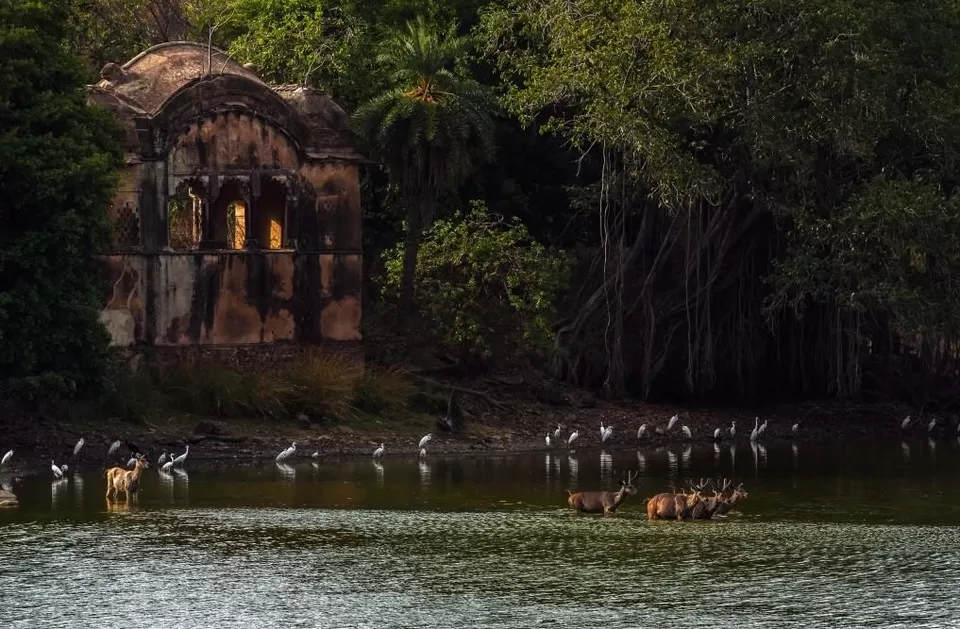
Kachida Valley:
A valley that is located about 10 kilometers from the fort and is known for its rocky outcrops and dense forests. The valley is a habitat for panthers, bears, deer, wild boars, and other animals.
Raj Bagh Ruins:
A group of ancient ruins that are located between Padam Talab and Raj Bagh Talab in the national park. The ruins include domes, arches, steps, and walls that belong to the 10th century CE.

Ranthambore School of Art:
A school that was established in 1982 by a group of local artists who wanted to raise awareness and funds for tiger conservation. The school showcases and sells paintings of tigers and other wildlife by local artists.

Dastkar Ranthambore:
A social enterprise that was founded in 1989 by a group of women artisans who wanted to preserve and promote their traditional crafts and skills. The enterprise produces and sells handicrafts such as textiles, pottery, leather goods, jewelry, and more.
Ranthambore Fort is a destination that offers something for everyone. Whether you are interested in history, culture, architecture, nature, or wildlife, you will find something to enjoy and admire at this fort. So what are you waiting for? Book your trip to Ranthambore Fort today and experience the best of Rajasthan.
Thank you for reading this article. If you liked it, please share it with your friends and family. If you have any questions or feedback, please let us know in the comments section below. And don’t forget to visit Tripoto for more travel tips and inspiration. Happy travels!






